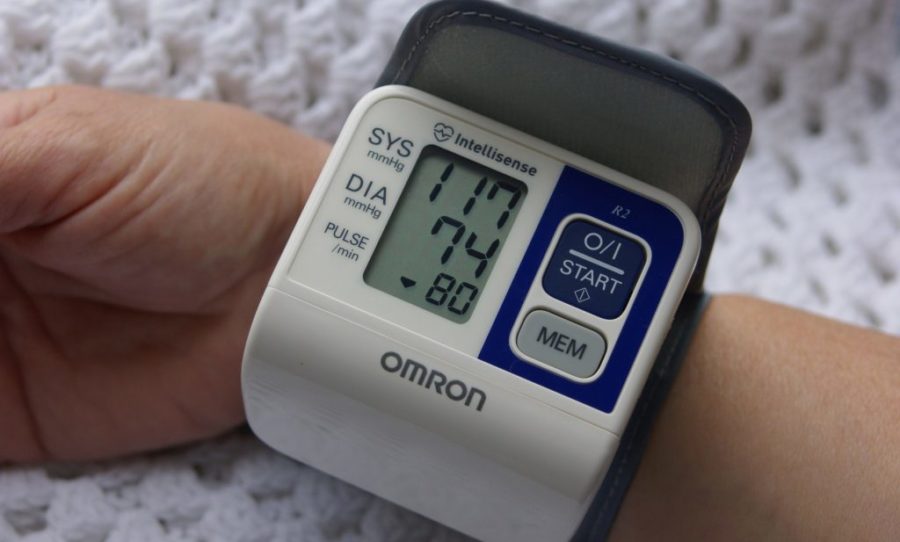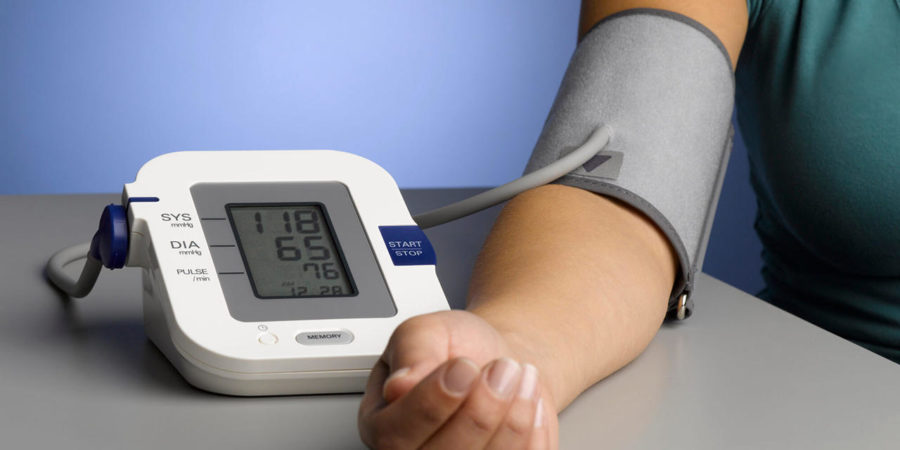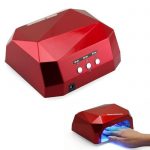By purchasing a blood pressure monitor (BP), the buyer often faces this question. The accuracy of the measurement results depends on many factors, including the part of the body on which it is measured. This is especially important for patients suffering from hypotension, diseases of the vascular system, hypertension.

Content
On the wrist
The wrist device is comfortable to wear. It is worn on the arm like a watch. Due to its compactness, this meter easily fits in a handbag. You can always carry it with you. It is recommended for people under the age of 40 for several reasons:
- Over the years, blood vessels, especially in the wrist, wear out.
- In elderly people, various microtraumas can “accumulate” in the area of the wrist joint.
- With age, deformations of the hand are possible, which will not allow the cuff of the measuring device to be correctly applied.
Features
- Some models of carpal tonometers are capable of simultaneously reading pulse waves from 2 arteries.
- Possibility of individual inflation of cuffs on devices.
- Small error in the results.
- The presence of an arrhythmia indicator.
- The ability to remember measurements.
Pros of the tonometer on the wrist
The wrist blood pressure meter has several advantages:
- portability:
- the presence of internal memory;
- accuracy of measurements.
Minuses
The disadvantages of carpal devices include:
- the high cost of the measuring device;
- short cuff (maximum length - 21cm);
- There are age restrictions. It is not recommended to use for people older than 40-45 years.
On the shoulder
The shoulder meter is considered more accurate and convenient to use. The vessels in the forearm are much larger than in the hand. The pulse is clearly distinguishable, as is the flow through the blood vessels. The signal may not be clear due to atherosclerosis, tachycardia, or arrhythmia. Despite the fact that the error of the readings will be insignificant, it is worth considering this and choosing the appropriate tonometer model for yourself.

Features
- The presence of an indicator of movement and arrhythmia.
- Some models of tonometers on the shoulder derive the average blood pressure from three measurements.
- The presence of a beep to remind you to measure your heart rate and blood pressure.
- The presence of an indicator of the correct location of the cuff.
- The function of saving results.
pros
The benefits of a shoulder meter include:
- product compactness;
- the convenience of use;
- the presence of a large screen device;
- accuracy of measurement results;
- universal cuff length - up to 42cm;
- the presence of a graphic indicator of the level of blood pressure;
- no age restrictions;
- the ability to work from the network or batteries.
Minuses
There are not many shortcomings in the pre-humeral tonometer, but there are:
- often have to change batteries;
- high price of the product;
- insufficient operating period.
Output
It is worthwhile to carefully review the characteristics of the model and the functionality of the measuring device. Regardless of which device they prefer to buy, on the shoulder or wrist, it should be purchased at specialized companies, stores or pharmacies. Here you can always get professional advice, find out about the features of the model and make your choice.

